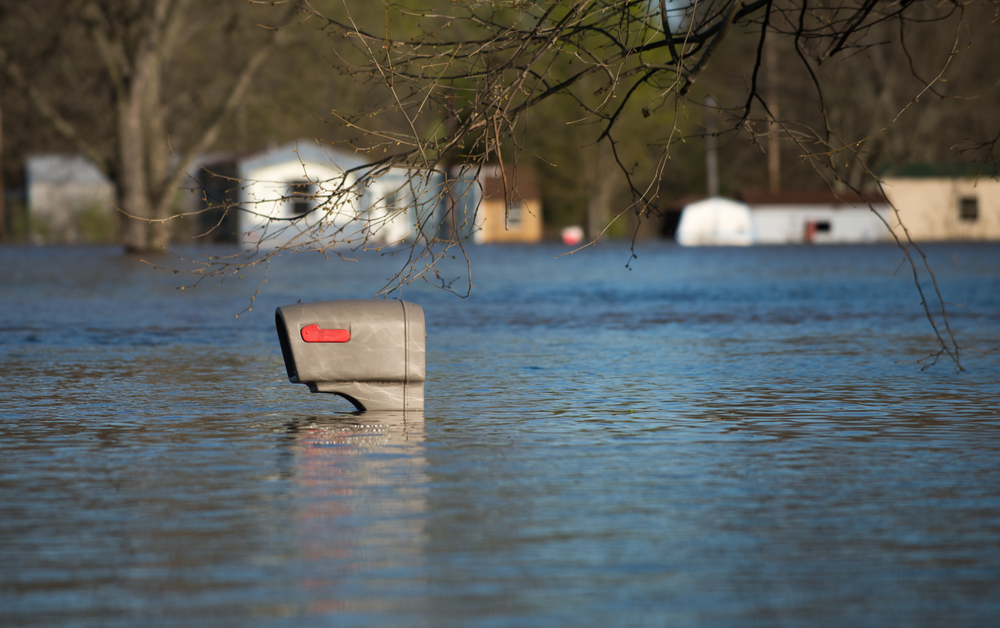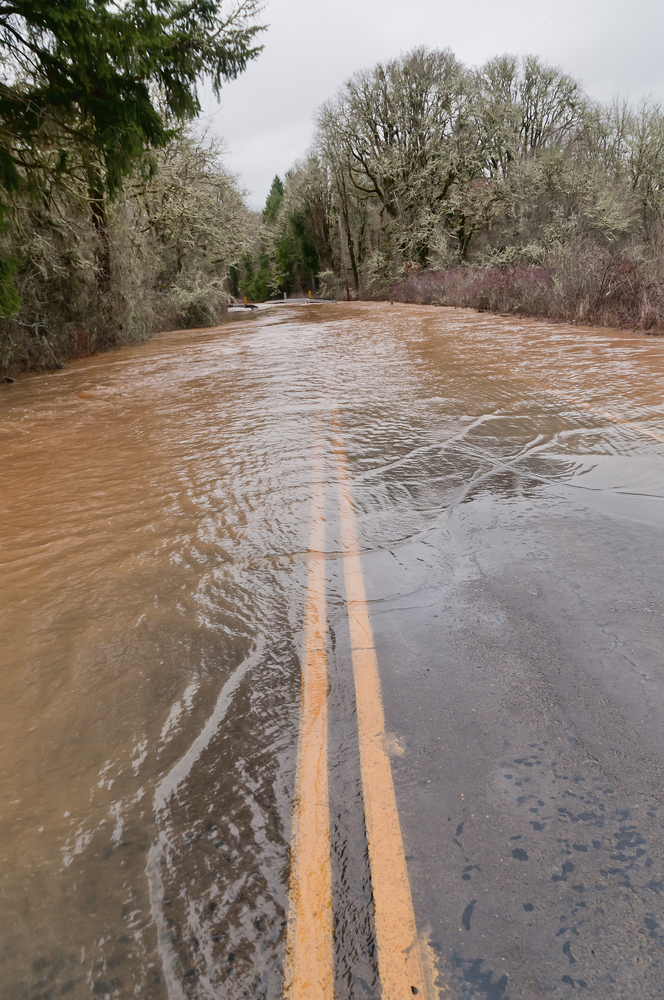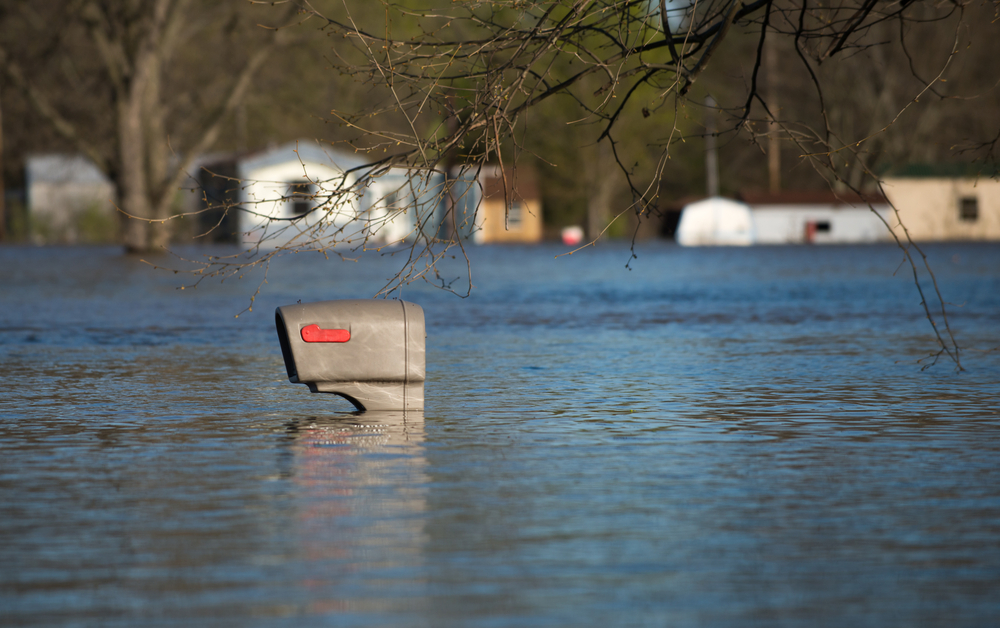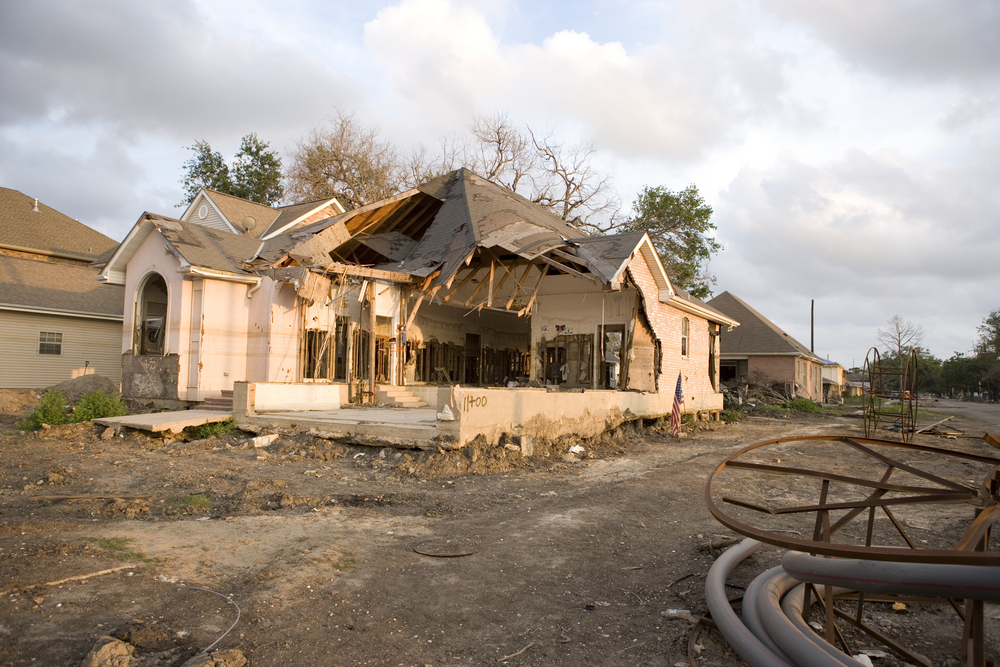5 Common Flood Insurance Myths Mistaken for Fact


Insurance professionals are responsible for helping homeowners get their lives back on track after a flood or other disaster. Following the aftermath of a catastrophe, homeowners may ask about what their policy does or does not cover. Here are five flood insurance myths insurers should be able to spot and respond to when their customers have questions:
Myth #1: All homeowners’ insurance policies cover flood damage.
Fact: More than 80% of American homeowners do not have flood insurance. Yet many people believe – erroneously – that their homeowners’ policy will cover them in the event of a flood. Typically, however, a standard homeowners’ insurance policy will not cover flood damage to a home.
Homeowners can purchase flood insurance directly through the National Flood Insurance Program (NFIP). The cost of a flood insurance premium depends on the home’s flood risk and the amount of coverage that the homeowner requires. The average premium costs about $660 annually. Private insurance companies also offer supplemental coverage for homeowners who want or need it.
Myth #2: Only some homes are in flood zones.
Fact: Everyone lives in a flood zone. The difference is that some flood zones carry a higher risk for flooding than others. The Federal Emergency Management Agency (FEMA) studies flood risk throughout the country and maps them using GIS data. These maps are officially known as Flood Insurance Rate Maps (FIRMs) and can be viewed online through FEMA’s website.

Low- to moderate-risk zones, or Non-Special Flood Hazard Areas (NSFHAs), are labeled with codes beginning with “B,” “C,” or “X.” These zones experience significantly fewer floods than high-risk zones. However, they submit more than 20% of all NFIP claims. They also receive about one-third of all federal disaster assistance for flooding.
Although not everyone lives in a high-risk flood zone, mortgage companies will typically require those who do to carry flood insurance.
Myth #3: A 100-year flood zone will only experience a flood once every 100 years.
Fact: The terms 25-year, 50-year, 100-year, 500-year, and 1,000-year flood refer to the probability of a flood’s occurrence. In other words, a 25-year flood has a one in 25 chance of occurring, or a 4% chance, each year. A 100-year flood means that there is a 1% chance of a flood occurring each year. A 1,000-year flood carries an even lower risk, at .1% chance per year.
That doesn’t mean that a flood in a 100-year or 1,000-year zone can’t happen, though. Much of Baton Rouge, Louisiana, was considered a 1,000-year flood zone, but the region experienced devastating floods this August. These terms also don’t mean that a flood will only happen once in that period. As the U.S. Geological Survey points out, an area could flood more than once during a 100-year period or not at all, even if it is a 100-year flood zone.
Myth #4: Flood insurance is only necessary in high-risk areas.
Fact: Anyone can obtain flood insurance, regardless of a home’s level of risk. Although some locations are at higher risk for a flood, that doesn’t mean that lower-risk areas can’t experience a catastrophe. By some estimates, 25% of flood insurance claims are for homes that aren’t in flood plains.
In the event of a disaster, paying a flood insurance premium can save homeowners a considerable amount of money when compared with taking out a loan to pay for disaster relief. For example, a $50,000 federal disaster assistance loan calculated at 4% interest would cost $240 a month, or $2,880 per year, over 30 years to pay back. On the other hand, a $100,000 flood insurance premium at a cost of just $400 per year would work out to payments of $33 a month.
Furthermore, flood risk can change over time, contrary to common flood insurance myths. Areas with new developments or environmental changes could be more susceptible to flooding even if they weren’t in the past. If that occurs, mortgage companies may require property owners to purchase flood insurance if they don’t have it already.
Myth #5: Flood insurance will cover replacements and repairs for everything.
Fact: Flood insurance policies through the NFIP only cover up to $250,000 for structural damage and $100,000 for belongings. However, exact coverage varies among single-family homeowners, renters, and commercial property owners. Private insurance companies may have their own lists of what they will and won’t cover.

Despite the exceptions, flood insurance payouts cover millions – or even billions – of dollars in damage each year. As of June 2016, NFIP payouts for the top 10 costliest U.S. floods totaled nearly $33.5 billion. That’s more than half a million losses. Nearly half of that total included claims for Hurricane Katrina in 2005. The storm resulted in $16.3 billion in payouts for victims in Louisiana, Alabama, Florida, Georgia, Mississippi, and Tennessee. In second place was 2012’s Superstorm Sandy, which resulted in $8.3 billion in insurance payouts for 15 states and the District of Columbia.
Flood insurance may not be on every property owner’s mind, but it’s more important than most homeowners would think. If you encounter homeowners who aren’t aware of their flood risk, remember these facts and be prepared to bust the flood insurance myths.
